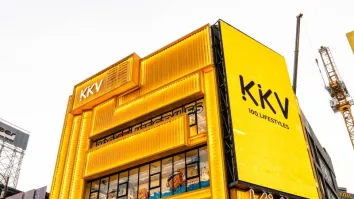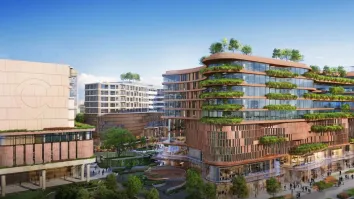Malaysian Mall vacancy rates dip in previous quarter
Retail sector shows signs of resilience with improved vacancy rates and stable rents.
Malaysian malls have reported a slight decrease in vacancy rates in the fourth quarter of 2023, moving from 18.83% in Q3 to 18.77%.
This change signals a potential uplift in the sector, as prime mall rents also demonstrate remarkable stability, with a minor decrease to RM45.90 - RM219.32 per square foot per month, down 1% year-over-year.
Wong Xian Yang, Head of Research Singapore & SEA at Cushman & Wakefield, said, "Despite the economic pressures of inflation and interest rates, Malaysia's retail sector benefits from low unemployment, rising wages, and pent-up demand from the pandemic.”
He pointed out significant growth in non-specialized stores, such as supermarkets and convenience stores, which saw about a 6% year-on-year increase in the third quarter.
Specialised stores in clothing, footwear, pharmaceuticals, and watches also experienced growth, albeit at a slower rate of 2% year-on-year, due to the higher cost of living pressures.
Successful malls, Wong mentioned, are those that enhance the shopping experience with a mix of attractive tenants, thoughtful design, and a variety of activities and events. The emphasis on food and beverage (F&B) offerings and the allocation of retail spaces across the mall have also proven effective in drawing consumers.
"Retailers are evolving, opening flagship stores that offer memorable experiences and increase brand awareness through a wider product variety and additional services," Wong explained.
When asked about the stability of prime mall rents, Wong attributed it to the increasingly bifurcated retail market, characterised by the 'haves' and 'have-nots.'
"Top retail malls with strong tenant mixes and placemaking initiatives continue to attract foot traffic and retailer expansion, supporting both rents and occupancy," he said.
Conversely, malls lacking these attributes face higher vacancy levels and downward pressure on rents. With more supply expected, particularly in the Central Business District of Kuala Lumpur, this trend is anticipated to persist into 2024.

















 Advertise
Advertise





